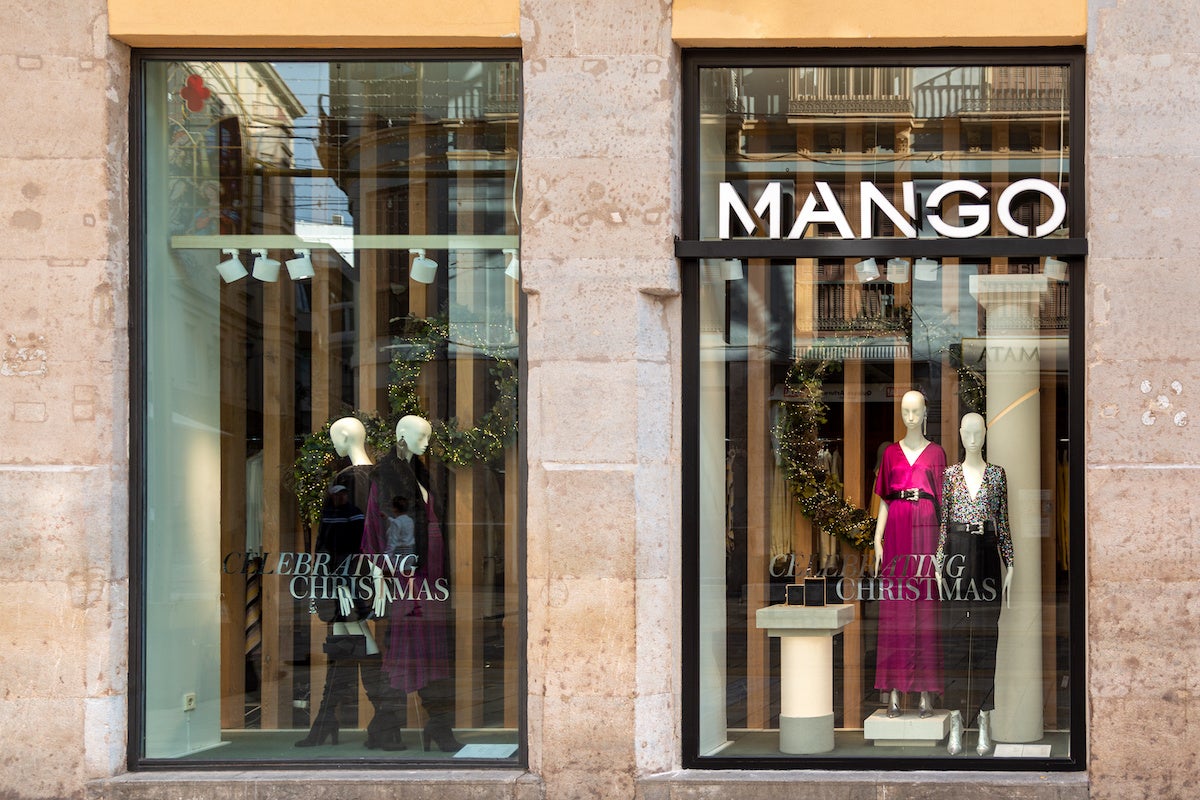What’s that old saying about the grass always looking greener on the other side? Well, for fashion retailers, the green on the other side is the home furnishings business. Mango, the Spanish clothing brand that has had some penetration in the American market, is the latest in a long line of apparel brands to introduce home products. In this case, it’s primarily textiles, available online only.
It’s almost easier to make a list of fashion brands that haven’t gotten into home than the other way around. In Mango’s world (European-based fast fashion), it joins two of the major players, H&M and Zara, who have both been in the home business for more than a decade. H&M has chosen to sell home in its existing apparel stores, including several in the U.S. marketplace, particularly its large Herald Square store in Midtown Manhattan opposite Macy’s. In Europe, Zara has free-standing home stores under the Zara Home banner but has not opened any in the American market. Both also sell home online in the U.S.
Mango is also not the only fashion newcomer to home. J.Crew recently introduced its own home department, which features both its own branded merchandise as well as bedding and textiles from Liberty, the iconic British label. Jenni Kayne, the California-based brand that focuses on elevated staples, has been moving into home as well—earlier this year the company opened a home-focused standalone store in New York.
And several of the Urban Outfitters nameplates, including its namesake division and its more upscale Anthropologie banner, have always had home as part of their merchandising mixes. In fact, several years ago the company said it was working to make home products as much as 40 percent of its assortment at Anthropologie with expanded furniture, decor and accessories products.
Both Levi’s and Wrangler have entered the home market through licensing deals with big box mass merchants, the former with Target and the latter with Walmart. Each is in conjunction with branded apparel lines at these stores.
On July 9, strategist Ericka Saurit, in part two of her Social Storytelling series, dives deeper into the visual side of self-promotion, dissecting how your Instagram feed, stories and content work together to deliver a cohesive, scroll-stopping message about your unique design brand. Click here to learn more and remember, workshops are free for BOH Insiders
We want to hear your thoughts! Take BOH’s annual reader survey, an 8-minute questionnaire that helps us get to know you better and will allow us to tailor our storytelling to your business needs.
This home and apparel matchup has been tried by various specialty chains many times over the past several decades, with varying degrees of success. Victoria’s Secret once sold a collection of boudoir-appropriate bedding while Banana Republic has been in and out of home merchandise several times—a little-known fact is that its sister company Gap at one time owned a small home furnishings specialty operation called Pottery Barn before eventually selling it to its current owner, Williams-Sonoma. These days, Gap has a home line with Walmart.
The home-apparel mash-up has gone the other way too sometimes, though it’s rarer. Direct home seller Garnet Hill has sold apparel for years, primarily sleepwear and casual clothing. And way back when, Pier 1 used to sell clothing in the same eclectic style as its home goods before eventually getting out of that business.
For apparel retailers, home is a way to offer customers a more complete merchandising style, but it can also be an eye-opener. Home products generally take up more floor space on the selling floor—think of a display bed versus a stack of T-shirts—and the merchandise turns are significantly slower than clothing, often by a factor of half. On the plus side, they generally don’t have the seasonality and resulting markdowns of apparel.
Of course, selling home online only removes some of these issues with limited downsides. Given the past two years when the home business has soared while apparel tanked during the stay-at-home period, it has become an appealing add-on for many retailers, Mango just being the latest.
There’s another old adage about home being where the heart is. These apparel retailers are also hoping it’s where the business is too.
Homepage photo: ©theartofpics/Adobe Stock
____________
Warren Shoulberg is the former editor in chief for several leading B2B publications. He has been a guest lecturer at the Columbia University Graduate School of Business; received honors from the International Furnishings and Design Association and the Fashion Institute of Technology; and been cited by The Wall Street Journal, The New York Times, The Washington Post, CNN and other media as a leading industry expert. His Retail Watch columns offer deep industry insights on major markets and product categories.




























